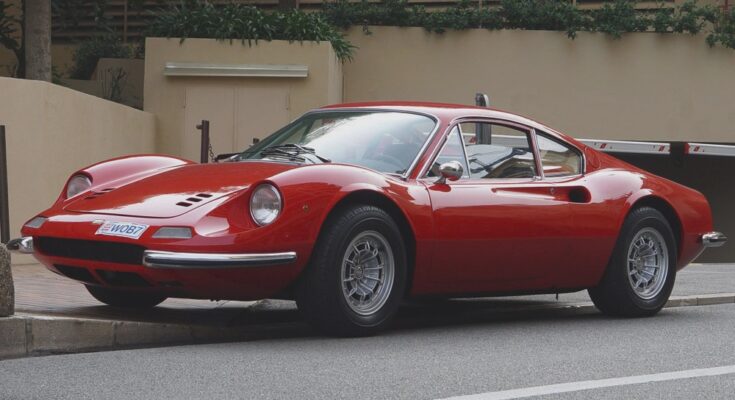From the earliest antiques to the not-so-old muscle cars of the 1960s and 1970s, collectible cars can be found in a wide range of categories. Although the quality of a car’s collectability can be broadly defined, beauty is subjective.
CLASSIC COLLECTIBLES
A classic vehicle, according to the Classic Car Club of America, is one that runs and has been completely restored and was manufactured between 1925 and 1948. A few states have various models for this classification, qualifying vehicles that are 15 to 25 years of age. Vehicles under 25 years of age are here and there alluded to as current works of art. Learn more about automobilia signs
ANTIQUE COLLECTIBLES
When defining an antique car, age is a more significant factor. Nonetheless, it relies on the wellspring of the definition. For instance, Greatoldcars.com characterizes the age range to run between 1886 to 1915 while Antiquecar.com states that any vehicle produced preceding 1950 meets all requirements for the classical period. The Antique Car Club of America says that 25 years or older is the more common consensus.
MUSCLE CARS
From the 1960s to the early 1970s, muscle cars, which gained their name from their horsepower and performance characteristics, emerged. Due to their large engines and high-performance transmissions, these automobiles are highly sought after. They were produced at a time when oil consumption was not a problem. The baby boomer generation enjoys them a lot.
RARITY
Vehicles that are difficult to come by or almost non-existent are the absolute most sought-after collectibles available. The demand can be staggering if the designer is well-known, like Chip Foose or Carroll Shelby. The Bugatti Royale and the 1931 Bugatti Royale Kellner Coupe are two examples of automobiles that are considered to be rare due to their experimental prototype status or extremely low production runs.
AGE
Old or extreme age, regardless of condition, can increase a vehicle’s value. Genuine antique vehicles likewise have more history and social importance. Exceptionally old vehicles can be uncommon and hard to track down since they have conveyed collectible status significantly longer than other more current vehicles and may have gone through a few proprietorships and become pieces of private assortments.
BODY STYLE AND FLARE
A car’s appearance alone can pique the interest of many collectors. In the past, this required a focus on the smallest of details and design adjustments that set trends. Vehicles made after the Second World War, like the Kaiser-Frazer and the 1946 Crosley, had solid body styles that changed the replaceable fender and made one-piece body units. The space age during the mid-’50s and into the ’60s achieved smooth bodies and rocket-like balances. The 1959 Cadillac Eldorado, 1957 Plymouth Belvedere, and 1957 Chevrolet Bel Air were examples of such automobiles.




